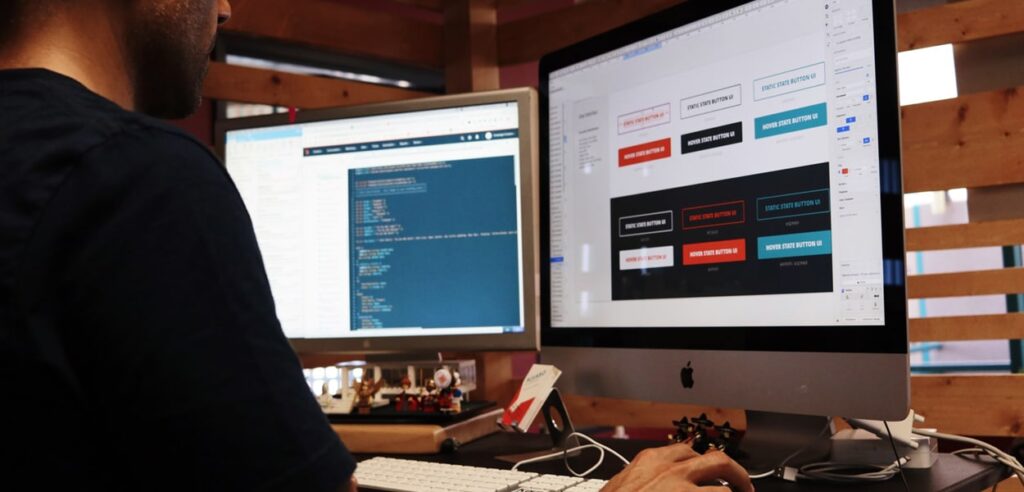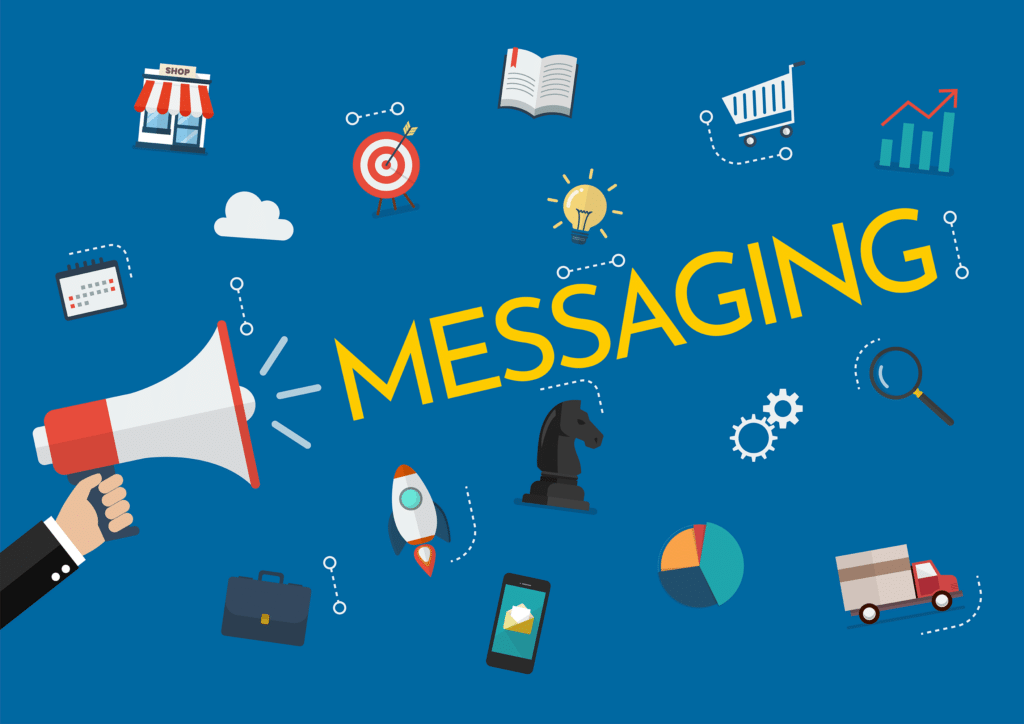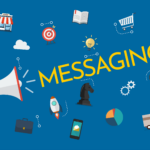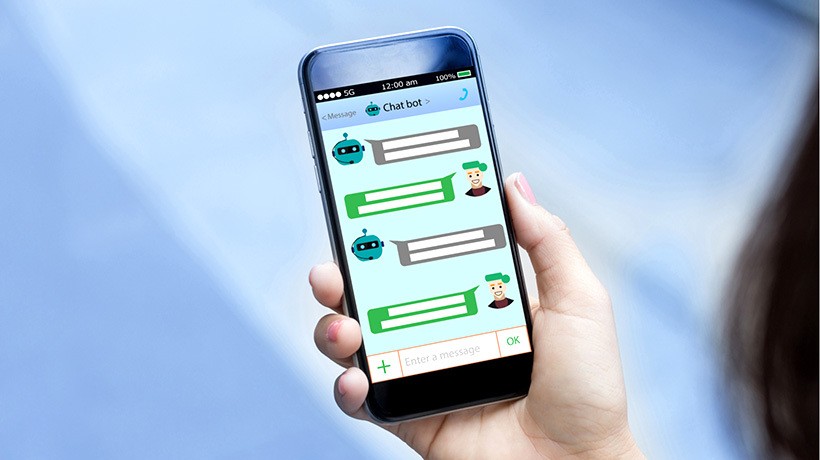
Capital has One, Adobe has its own, even Dominos has one, we are talking about chatbotshere and they are quickly becoming ubiquitous.
A bad chatbot simply says “I’m sorry, I don’t understand” over and over again (or worse, “mistake”.) A good chatbot feels almost human and helps answer questions so you don’t have to make a call phone or search the FAQ page.
But what makes for a good chatbot experience? What are the table stakes people expect from a chatbot, and what ruins this experience? In this article, we’ll answer these questions and identify what you can do as a content designer to make your chatbot successful.
What makes a chatbot unique?
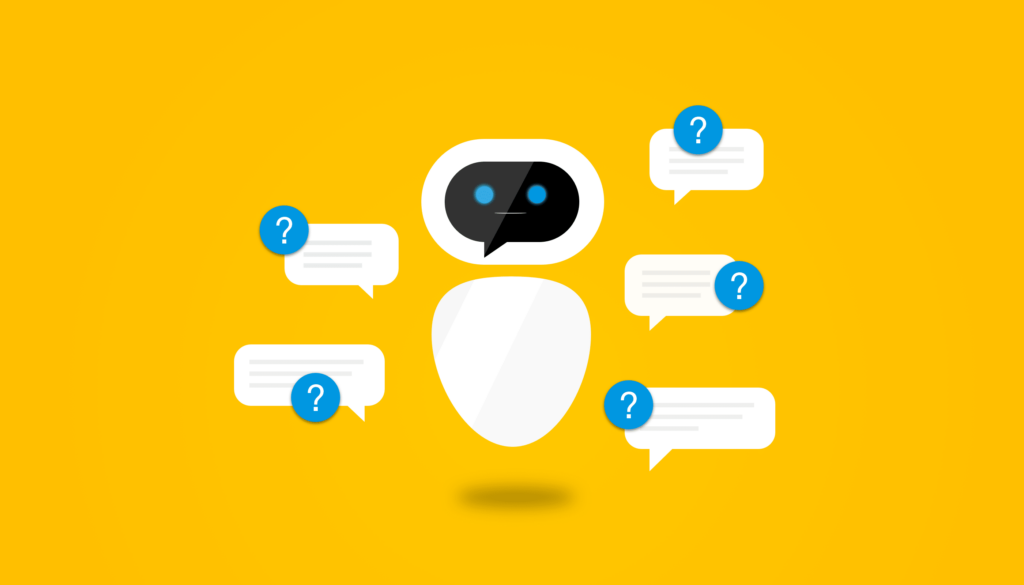
Either they recognize the keywords and respond accordingly, or they allow the end user to choose from the options to drive the conversation.
It is just as important to define what a chatbot is, it is to identify what it is not. Let’s explore what a chatbot is – and clarify what it is not.
A chatbot is a form of conversational design
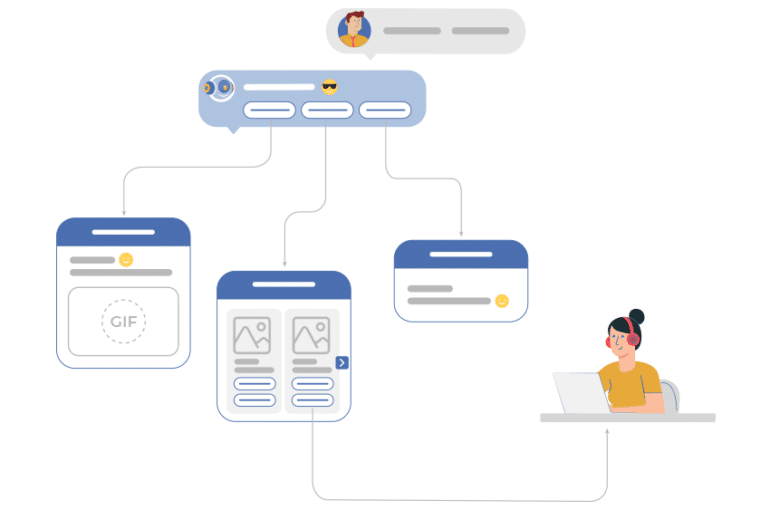
Conversational design generally refers to any conversational type content whether it is through headers and text on a webpage, a voice UI such as Google Home and Alexa, or chatbots.
As such, chatbot content is a type of conversational design, but the two are not the same. A chatbot is also not a human who interacts through a chat interface (sometimes called a “live chat”). It is precisely a computerized system.
Why is this important? When design and engineering teams determine the best way to communicate with their audience, they are likely to use shorthand.
I often hear designers say, “We [the company] will then tell them [the audience] to confirm their password.” In this case, the designer may refer to “telling” the audience via text on a page, or it may imply that a chatbot will appear to inform the audience.
At the start of the design phase, it may not matter what form of conversational design the team has in mind, but the content team will be responsible for a lot more work if the end result is a chatbot. With that in mind, it’s helpful to clarify what form of conversational design the team has in mind.
An example of a conversational design without a chatbot is a conversational user interface. Oscar Insurance has a conversational user interface, which they are developing with a few best practices:




